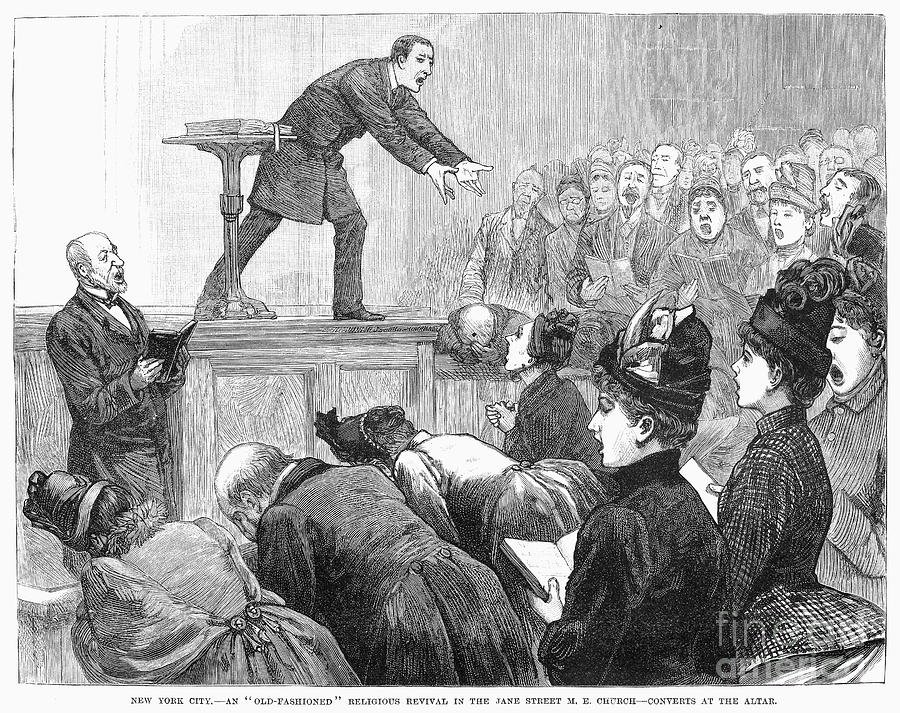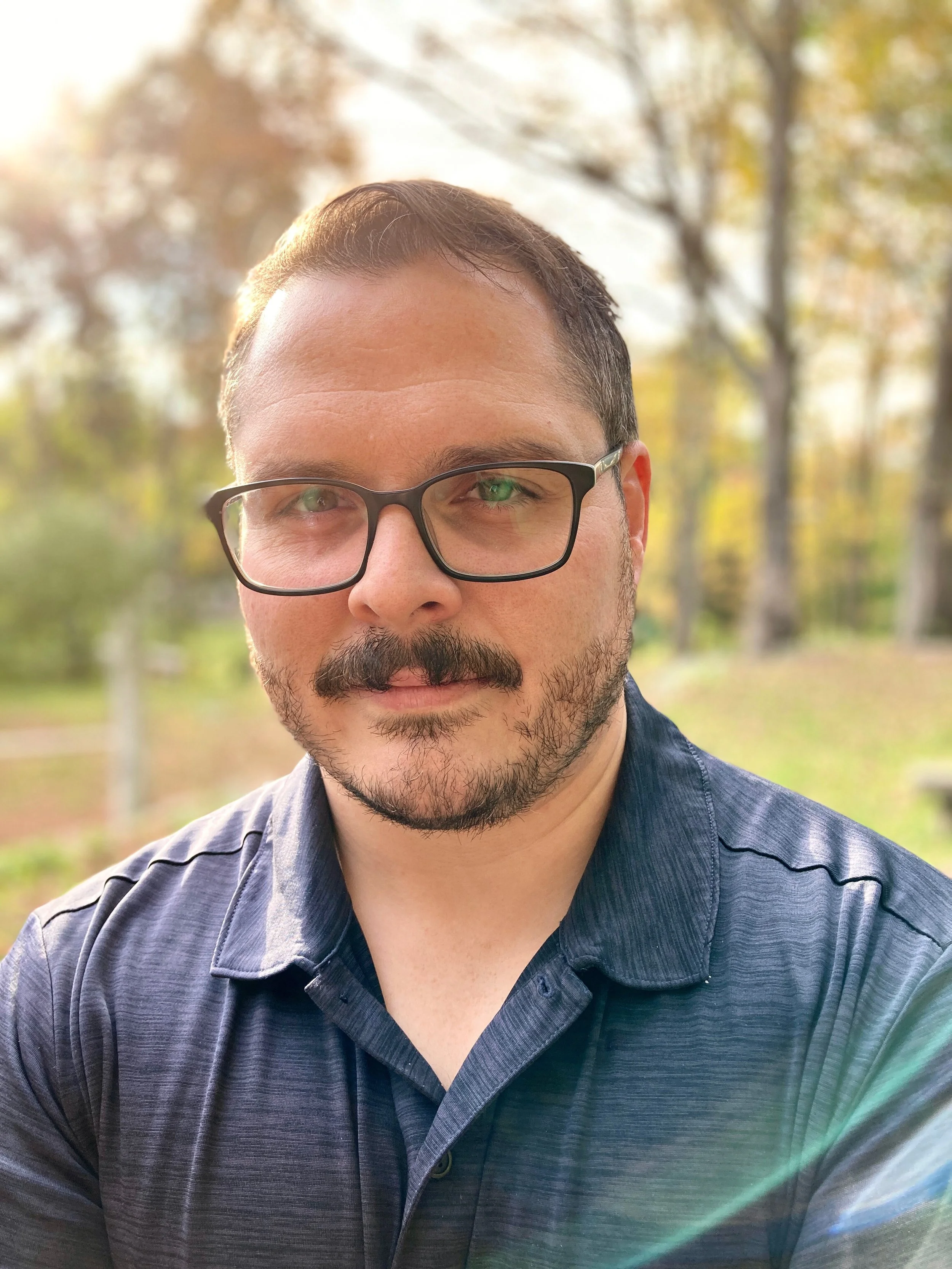What if the “Old Paths” Are Actually New? (Part 1)
I once taught a Bible institute in which I prepared diligently for weeks only to find out a few days prior to the classes that the edition I had was not the same as the one I had told the students to purchase. My consternation aside, the technical problems you might expect all occurred. My page numbers were off, some of my saved quotations were not in the other edition, and so on. All the time I was preparing, I thought I had the right edition, but in fact I did not.
A similar question could be posed about the term “Old Paths” Christianity.
If you were to search the internet for this term, you will encounter page after page of Baptist churches with “Old Paths” right in the name. You will come across impassioned sermons pleading for the old paths, declaring the strength of the old paths, and reproving those who are not on the old paths.
But what if, like my institute textbook mix-up, the old paths are not really what their adherents think they are? What if the old paths are actually a new invention?
This is an interesting conundrum if it's true. If the old paths commonly espoused by many today are in fact the long-standing, time-tested, and biblical way of conducting Gospel ministry, then obviously we should be on those paths. However, what if the old paths are actually new and people simply don't know that? With that, we run face first into the decision about possibly rejecting these “old paths”. This is sort of a big deal. So, what are they?
Often, when a speaker makes reference of the old paths, he is sometimes refers to Bible doctrines, which is great! We don’t mess with that. However, more often than not it refers to a speakers particular style and methodology or other extra-biblical practice. Such styles, methods, and practices usually include loud, showy, animated preaching, and protracted camp-meeting style events and crusades. It also involves strong and emotionally persuasive invitations to an altar of some sort; aggressive, easy-believism/quick-prayerism; and “weak sauce” Gospel presentations with no mention of repentance. It involves an emphasis on the experience of faith rather than faith itself, and no emphasis on evidence of salvation. Finally, it involves a strong confidence in the speakers’ ability to "rally" and persuade people with his bumper sticker style word-smithing. The orators skill and style is held in higher esteem than his exposition. These are what are often thought of as "old paths" to many.
Interestingly, many old paths speakers assert that other churches, even ones with good doctrine, are not on the old paths. Why? Because they don't have the same style and methods. So, in my experience, espousers of the old paths term are often (though not always) referring to their methodologies, not the actual doctrines of the Bible.
So, how old are these old paths methods? Do they really hearken back to Jesus and the Apostles? The short answer is no.
The measures that I have described above all hearken back to one man — Charles G. Finney.
Interestingly, these measures introduced by Finney in 1800's upstate New York that are now called the "old paths" were interestingly enough called by Finney "new measures". He also called them the "use of means". Finney concocted a series of these measures in public meetings intended to maximize the amount of what he called "decisions" in which people would be persuaded to leave their seats and come to what he termed the "anxious bench".
Finney's new measures walk a fine line because it is difficult to say that it is wrong to urge people to receive Christ. None of us would say it's wrong to give people opportunities to come to Christ. So, it's hard to say Finney was outright wrong in his attempts. It seems rather he was wrong in the execution. Finney's new measures were simply not that wise or intelligent. They were simply carnal tools being used on a spiritual project. Bad idea. His measures made it easier for preachers to become drunk with power and puffed up over their ability to get people to the anxious bench. He made it easier for people to make "decisions" based on the wrong things — feelings and peer pressure over truth. He made it easier for church ministry to be more about carnal success than true, inward change.
Finney was not the first “enthusiastic” preacher in the world. The first Great Awakening in which George Whitfield became a household name shook the normally “high church” religious world because of his enthusiasm. But enthusiasm isn’t the real issue I have with the old paths. It’s the lack of good or deep content. Whitfield believed in the new birth and preached it to as many as would listen. While he was a Calvinist, he also pleaded with people to be born again much like Spurgeon, who was an admirer of his, would do. He preached that there should be evidence of true conversion. He prayed for the conversion of his listeners. Whitfield also did not bring in the high pressure altar call which arguably was a later invention of Finney’s.
The Second Great Awakening, as some have called it, was possibly not much of an awakening at all, at least the portions over which Finney presided. And the proof of the pudding is in the tasting. The areas of New York where Finney held his alleged revivals later became known as "burnt over districts", and others adopting his methods would later burn over many other areas of New England. These areas became disillusioned with religion because of the tenuous and fleeting excitement that Finney brought. Many Old Paths speakers even today don’t even hide the ball in their preaching that excitement is one of their primary goals. It leaves people feeling stupid after they calm down later. They feel dumb for having been drawn into praying some prayer they don’t even understand or mean.
For Finney, there were few genuinely spiritual results of his revivals. This left people feeling duped by religion and feeling foolish for having been caused to respond emotionally. This created a lack of trust for preachers that persists in many parts of the northeast to the present day. It has become a regionally inculcated suspicion of pastors as being predators of people’s emotions. As a pastor in New England, I see this all the time.
One 1800's letter signed on by a number of pastors in New York described Finney's meeting this way:
“…Making too much of any favorable appearance; Not guarding against false conversions; Ostentation and noise; The hasty acknowledgment of persons converted; (The strength of a church does not consist in its numbers, but in its graces . . . We fear that desire of counting numbers is too much indulged, even by good people.); Suffering the feelings to control judgment; Talking too much about opposition; Censuring, as unconverted, or as cold, stupid, and dead, those who are in good standing in the visible church; Praying for persons by name in an abusive manner; Denouncing as enemies or reviling those who do not approve of everything that is done; Taking the success of any measures, as an evidence that those measures are right, and approved by God.”
Iain H. Murray, Revival & Revivalism: The Making and Marring of American Evangelicalism 1750-1858, [Banner of Truth Trust, 1994] pp. 231-235.
Does that description sound familiar? That’s because this still happens today. Possibly even in your own church.
In part two, we will see how Finney’s doctrinal problem gave birth to his new measures, and how this would be picked up by a curious new movement known as Fundamentalism.
Thomas Balzamo
Thomas Balzamo is the pastor of Colonial Baptist Church in Bozrah, Connecticut, host of the Reason Together Podcast, and associate editor of ReasonTogether.fm.
You can read more of Thomas’s writing on his personal site, ThomasBalzamo.com




